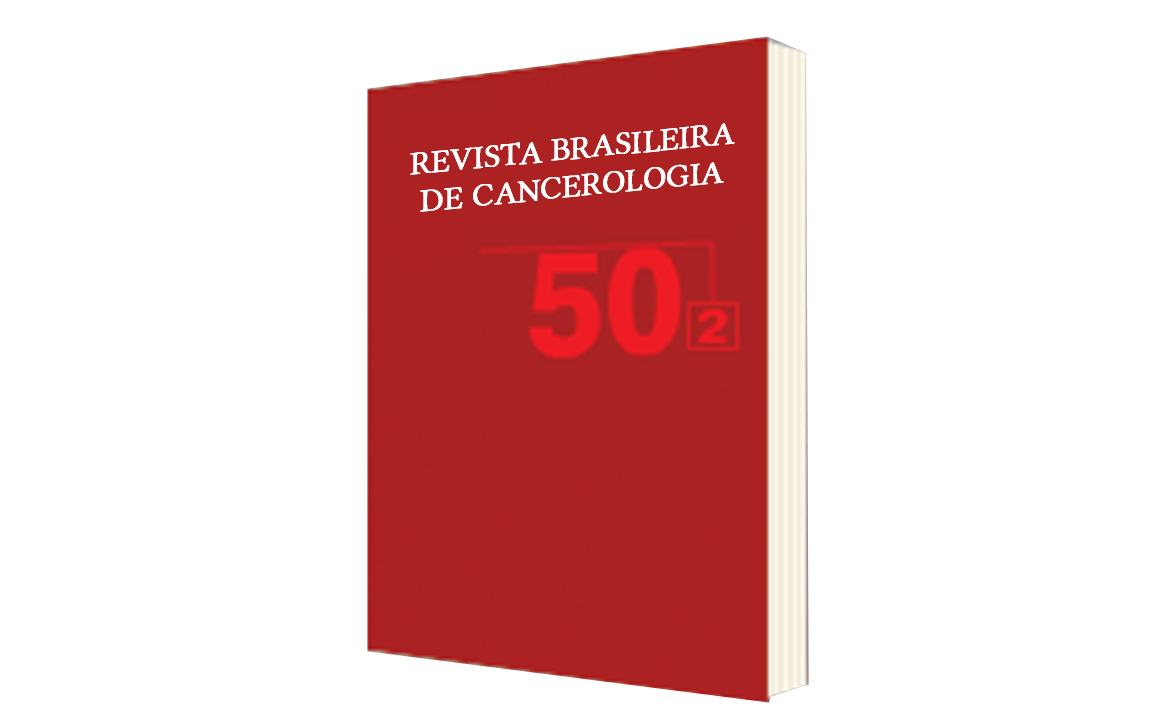Gastric Stromal Tumors- the Experience of the Brazilian National Cancer Institute
DOI:
https://doi.org/10.32635/2176-9745.RBC.2004v50n2.2045Keywords:
Gastrointestinal Stromal Tumors, Gastric GIST, Stomach Neoplasms, Gastrectomy, Morbidity, MortalityAbstract
Background: Gastrointestinal stromal tumors (GIST) is a relative rare disease and surgery is the cornerstone in the treatment of these tumors. There are few medical centers with experience in the treatment of this neoplasm. The objective of this article is to analyze the results of the surgical treatment of patients with gastric GIST operated on at a particular medical facility. Methods: Retrospective analysis of 20 patients with proven diagnosis of gastric GIST who had been operated at the Brazilian National Cancer Institute (INCA- Rio de Janeiro) from 1986 to 2000. All data were reviewed and focus was given on the histopathology features (localization, number of mitoses and size), patients features (age, gender and clinical presentation), and the surgical outcomes (types of surgery, morbidity, mortality, and survival according to Shiu classification). Results: Eleven patients were males and 9 were females. The median age was 57 years. The median size of the tumor was 14,7cm. Seventy percent of the patients had high-grade tumors, and 65% had tumors localized at the proximal stomach. Fifty percent were submitted to subtotal gastrectomy, 35% to total gastrectomy, and 10% to atypical gastrectomy. Gastric resection alone was performed in 6 cases (group 1), two organs resection was performed in 5 cases (group 2), and resection of more than two organs was performed in 8 cases (group 3). The overall operative morbidity was 35% . Group 1 had no morbidity, group 2 had 20% morbidity and group 3, 70%. The operative mortality was 10% (2 patients). Ten percent of the patients were classified as stage 0, 25% were stage I and 65% were stage II, according to the Shiu classification. The 5-year survival of stage 0 was 100%, and there was no 5-year survival in the stage II group. Conclusion: The high morbidity and mortality reported in this article are due to advanced disease at diagnosis, requiring multiorgan resections in order to reach R0 surgery. Surgery is the main treatment, but alone it is insufficient to achieve long-term survival in advanced disease.









